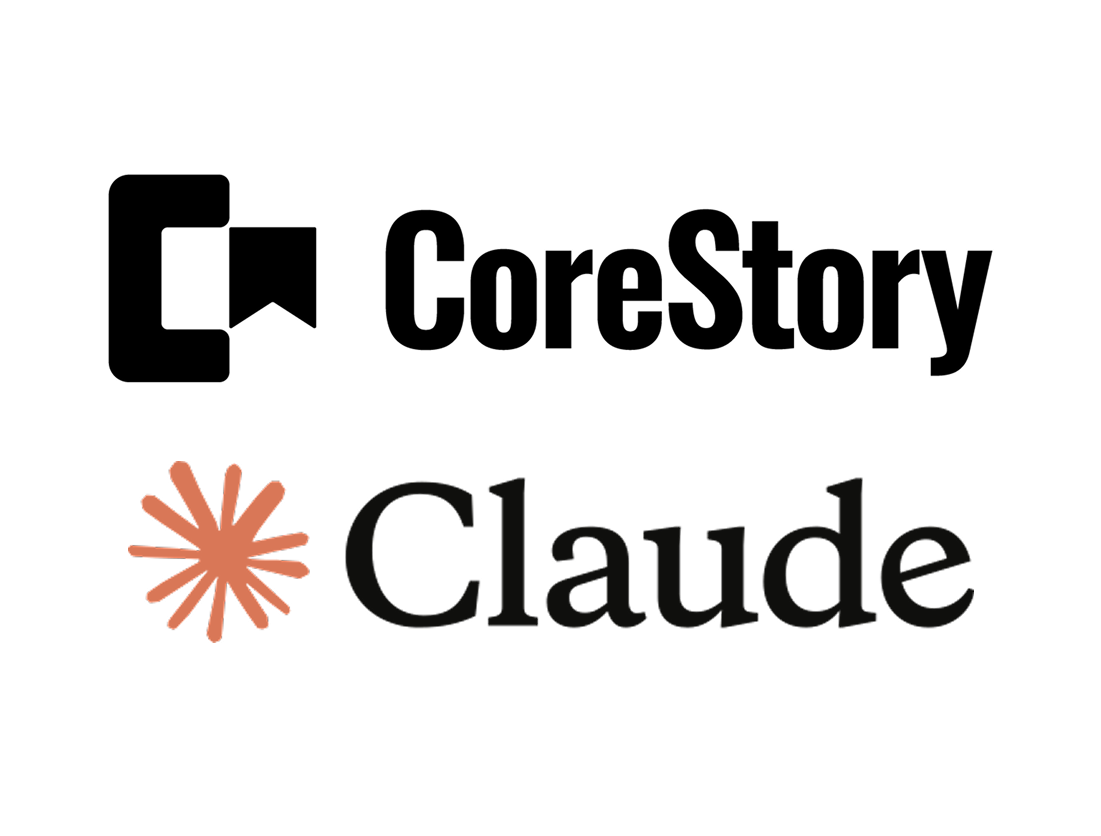CoreStory + Claude Automated Test Generation Playbook

Generate High-Quality Tests Automatically with CoreStory + Claude
Our CoreStory + Claude Automated Test Generation playbook shows how to use CoreStory’s code intelligence with Claude to automatically generate comprehensive, high-quality tests—faster than most teams can outline them by hand. The result: higher coverage, earlier bug detection, and real ROI in hours, not weeks.
What you’ll get
- A complete, role-based guide with quick start, prompt library, quality checks, and advanced workflows—designed to move from “hello world” to production-ready suites.
- Clear, measurable outcomes teams can expect: ~10 minutes to 50+ test cases, 90%+ AC coverage, and 50–60% less QA time.
- A pragmatic coverage strategy (test pyramid, risk-based targets) so you invest in the right tests first.
Why this matters
CoreStory extracts the real business rules, flows, and edge cases from your code; Claude turns that understanding into runnable tests. Together they cross-reference “what should happen” (specs) against “what actually happens” (implementation), surfacing spec drift and hidden behavior for you to test.
CoreStory + Claude Code Test Ge…
How it works (in practice)
- Analyze before you generate
The system instructs Claude to never generate tests blindly—always query CoreStory for structure, dependencies, and business rules, then produce tests from real code context. - Generate in small, reviewable rounds
Ship value fast with progressive refinement: happy paths → edge cases → error scenarios → integration/E2E. - Hold tests to a standard
Descriptive names, AAA structure, specific assertions, realistic data, and explicit edge cases—every time. - Plan coverage with ROI in mind
Use the pyramid and risk-tier targets (e.g., 60–70% unit, 15–25% integration, 5–10% E2E) to keep suites fast, stable, and cost-effective.
Fast start (5 minutes)
- Use Claude Code for the best flow (writes directly to your repo, runs tests inline, great for TDD).
- Configure CoreStory’s MCP once, then generate your first test file and iterate in-place.
- Typical session: generate → run → fix → re-run—without leaving the IDE.
Who it’s for
- QA leaders aiming for requirement-level coverage.
- Developers practicing TDD or securing refactors with characterization tests.
- Test automation and platform teams standardizing API, contract, and E2E suites.
What’s inside the playbook
- Main Guide: end-to-end instructions, prompts, validation, and troubleshooting.
- Prompt Templates: copy-paste prompts by role, test type, and framework.
- Decision Tree: pick the right test types for new features, legacy code, APIs, and releases.
- Edge-Case Catalog: a checklist across validation, auth, concurrency, data, and more.
- Coverage Strategy: targets by risk and product stage; tighten where it matters most.
Results to expect
Teams report faster suite creation, better alignment to acceptance criteria, and earlier discovery of implementation-specific edge cases—thanks to CoreStory-to-code cross-checks baked into the workflow.
Read the playbook and start generating tests today.
If you use Claude Code, jump straight to the 5-minute setup; if you’re on desktop or web, the same prompts and standards apply.
Support & next steps are linked in the README, including CI tips, workshops, and how to tailor the templates to your stack.

.svg)